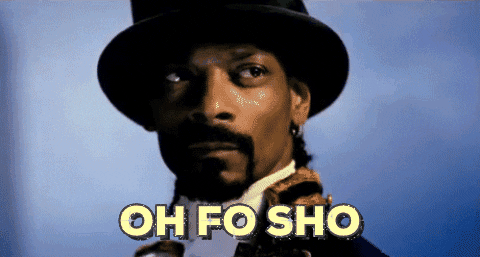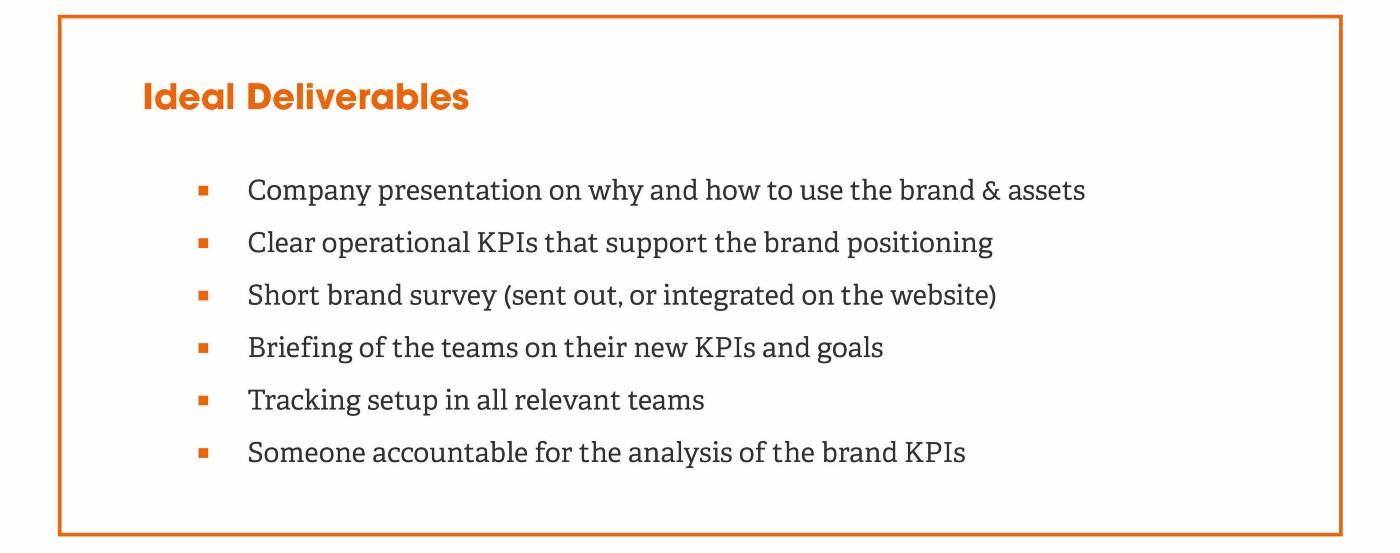Anne Geuther , Senior Venture Development Manager
Speaking to founders, we experience the most polar opposite attitudes towards branding, ranging from “branding is the key to success” to “it is an over-engineered, fluffy topic”. And we get you.
This intangible and yet powerful term somehow encompasses everything we say and everything we do. It is a mysterious term that cannot be defined or learned in one way, seems costly and complex, and manages to provoke excitement or rolling eyes…

Facing our own Branding questions, reading on the topic, learning from Sean Ironside (former PAV Branding Consultant, now SumUp Head of Branding USA) and speaking to Scientists and Artists in our portfolio (as one Project A Family member beautifully phrased) we have decided that we want to develop our own branding approach — one that is engaging, efficient and sustainable.
No holistic path to market domination, no full-blown brand identities, but instead guidance on how to position a firm, do branding and brand asset building in a lean way, whilst measuring the impact. We combine inspiring existing approaches with elements that we believe serve the needs of our portfolio firms, and beyond.
We are convinced that our Project A Baseline Branding Approach sets the foundation for persuading the critics out there.
In a nutshell, I’d like to share our approach with you.
Find Your Baseline in Branding by Leveraging Three Steps, That can Each be Your Starting Point.

Step I: Definition & Strategy
Objective: Brand Positioning.
Before we start, let’s get several client-facing colleagues on board for this!
The first goal of Step I is brand definition — a catchy sentence that captures who you are, what you do and what you offer.
Secondly, deciding which online & offline touchpoints we want to use to convey your message, gives us the strategy.
During a 1-day-workshop we discuss the market opportunity, your customers, competition, journey, vision & mission, and tackle questions such as:

…by practicing this we will get more than one positioning and definition idea, as well as further brand messages.
The first definition and strategy is to be understood as an MVP or “MVB”, a Minimum Viable Brand that is not set in stone, but instead your first shot, that will be tested.
Note: after the workshop, you might want to do some more market research or discuss the different paths to take. This can add value, but we advise not to take longer than one week for this phase.

Step II: Brand Asset Development
Objective: Minimum Viable Assets.
Once we’ve nailed our positioning statement, we want to give a more tangible picture of ourselves by creating or enhancing — dependent on your branding status quo — powerful brand tools.
These tools include simple but strong visual and verbal assets, with the goal to evoke a powerful sentiment, which our audience can’t help but engage with. Five steps that get you there:
1. Analyse the existing brand assets
o What do we have?
o What is their purpose?
o What works, what not?
2. Define a selection of the most relevant tools needed to convey the brand message(s)
3. Enhance or create the relevant assets
4. Develop an intuitive documentation explaining the purpose and right use of the brand and its assets, i.e. a brand book
5. Collect all assets and guidelines in a brand repository (e.g. G-Drive folder or design system), and make it accessible to all colleagues
The duration of Step II depends on the scope of assets that are developed. We believe ≈ 2 weeks are realistic — bottom line we advise to do this thoroughly, but with a limited selection.

Step III: Operationalization
Objective: Turn the Brand Into an Operating System (OS).
The final component of our Project A Baseline Branding Approach, has been inspired by Heidi Hackemer’s (Founder of Wolf & Wilhelmine, a New York-based brand strategy shop) view on branding.
On her podcast, Heidi argues that to be seen and successful in today’s world it is vital to view a brand as an “operating system” (OS), i.e. a belief system or decision-making framework through which every department knows how to think and act. Her approach is comparable to Google’s “Googliness”. People working for Google for some time, consistently act in a “Googley” way and know what is “a Google thing to do, or not” — like an operating system that manages the core functions of a computer.
We also aim at living the brand externally and internally! Thus, we adapted Heidi’s idea and use it to make our branding efforts measurable.
To get there we divide this last step into three main parts:
Part A) The prerequisite is that the brand is understood & followed by all colleagues. Thus, we recommend anyone managing this journey, to brief all venture employees in person on your new belief system and its correct and most powerful use. Finally, ensure that all brand assets are accessible in its most updated version to everyone in the company.
Part B) Our goal is to have everyone in the firm contribute to your brand promise. To get closer, we translate the brand definition into KPIs for every operational team. We tackle them with the consistent use of our assets. To do so, we critically assess how all departments interact (directly and indirectly) with our customers and our brand. Once identified, in an exercise, we sketch out first brand-related KPIs for every single department, and define their respective goals. We again advise not to over-engineer this, but choose an impactful selection of levers.
For example, your brand definition could be “trustworthy online content platform for medical marihuana use in Europe” thus, some of your brand messages may be “educate don’t sell” or “inform before use” — this message could translate into the following example KPI goals:
i) CRM Team: 5% higher open rate
ii) Design Team: 1.5 min longer on-page-time
iii) Marketing: 3% higher repeat visitor share
Heads-up: make sure your KPI tracking is in place and the KPIs are reviewed by someone accountable, in an ongoing manner.
Part C) In parallel, we undergo a short brand survey. We do this in the beginning of the operationalization and after time. We analyse the existing and new customers’ perception of our brand, by asking a question as “what three adjectives describe our brand?”, in addition to an NPS, or another business-model-adequate-brand-related question ;-).
Outcomes: If our MVB works in our market and for our customers, over time the KPIs should reflect this and the adjectives would naturally become more consistent. If data says differently, we, according to our logic, iterate the process, i.e. head back to Step I of our Baseline Branding Approach and adapt.
Note: It is likely that the KPIs and survey outcomes are positive for some time and over time transform. For example, a changing market environment can also lead to data outcomes that urge for re-positioning. Thus, ongoing data tracking is another imperative for sustainable brand success.

Final words:
The first line we all needed to cross is to understand that some degree of branding is essential. The earlier we accept this, the less trouble we get into down the line. We also ask you to become comfortable with taking on a new identity — your firm’s identity.
Bottom line we urge you to tackle brand positioning strategically, but lean. We propose to enhance and build the most important assets, but in an 80/20 manner. Finally, we motivate you to measure what works, what not and develop an openness to touch upon our minimum viable efforts as time passes and customer demands change.
We believe the approach explained in this article helps you create your Baseline in Branding. We hope you find that it equips you with pragmatic tools to run and helps you measure if you are running in a successful direction.